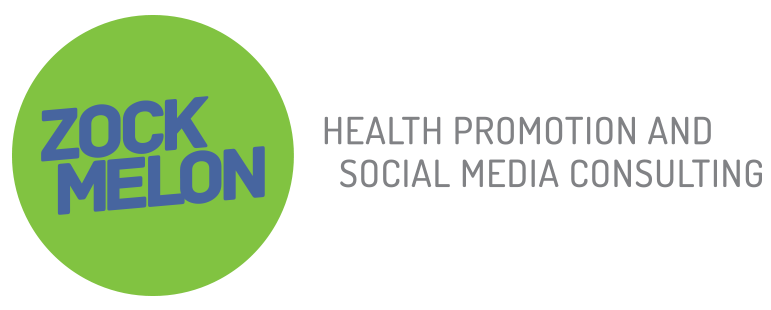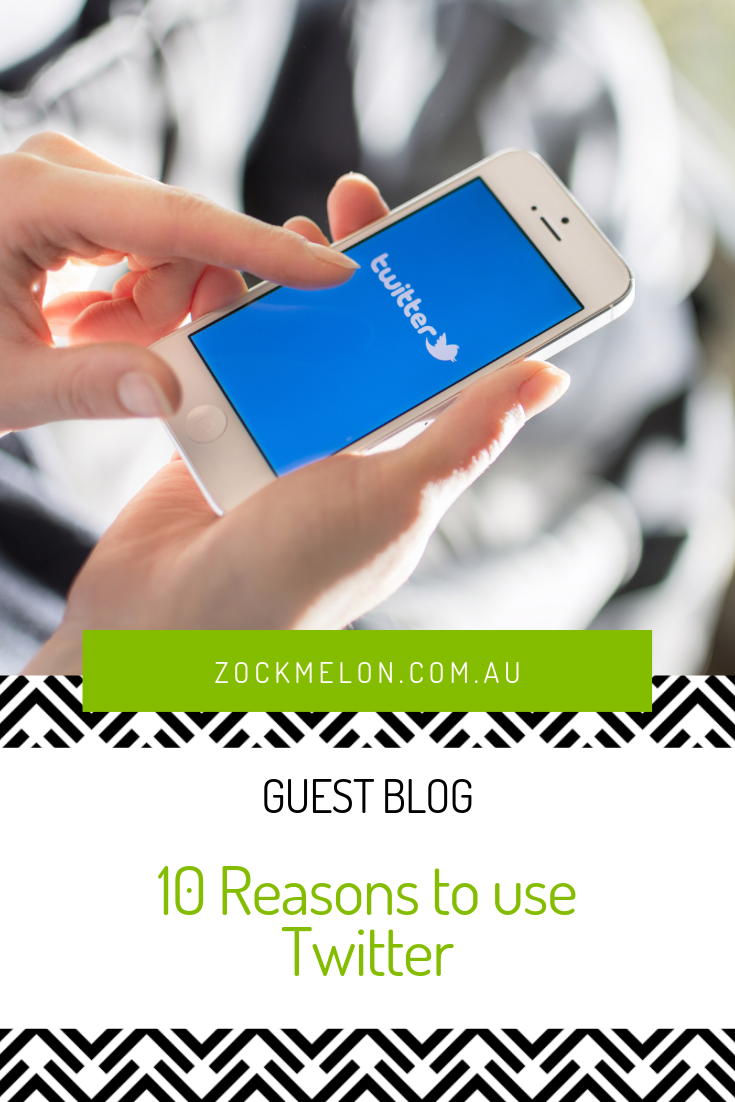By Tarun Weeramanthri, Executive Director, Public Health and Clinical Services Division, WA Health
Twitter: @tarunw
Recently a colleague asked me why I put time into social media. My initial response was to mumble something along the lines of ‘the world’s changing, we have to go with it’. A little more thought and I realised that a year ago, I was using three social media tools – most often Yammer (internal micro-blogging just for departmental staff), followed by LinkedIn (professional networks), and Twitter (anyone). Now I use Twitter the most, followed by Yammer and LinkedIn. Why the change?
- Twitter is where the public is. Reminds me of the joke about the defendant asked by the judge why he robbed the bank, answering ‘That’s where the money was.’
- I have this fundamental belief that truth should be shared, and information should be free and accessible. Many of us in public health are privileged to be at the centre of information flows. Generosity and sharing are part of our values.
- Twitter allows me to do my job – draw people’s attention to bits of useful information and things I find novel or interesting, notice trends, ask some questions, acknowledge and praise other people’s efforts, promote conversation, and provide visible leadership.
- Social media is as good for listening as talking. You can engage with others and their ideas, respond to their tweets, and amplify their messages.
- It is a great discipline to summarise a message into 140 characters. You have to get to the key points, and then distill it down even further. As a reader, you appreciate that.
- If you choose carefully who to follow on Twitter, it is an extraordinarily rich and diverse source of information and insights, curated by people you trust.
- It is a good use of your own networks – friends, colleagues and people you don’t know who have their own reasons to follow you on Twitter.
- It is a good use of other people’s networks. When someone you know retweets your messages, it gets to a whole new audience. And conversely, you can do the same by retweeting and amplifying other people’s messages.
- It is efficient as an information gatherer – a colleague recently tweeted that he had stopped reading weekend newspapers and instead used that time on Twitter.
- You can deliberately merge the personal and the professional in terms of what topics you choose to tweet on, though you obviously have to use discretion. It’s good to be yourself at work, and that includes revealing who you are, a little, online.
There are obvious downsides (time spent not doing other things, and inability to ‘switch off’ to name just two). But if you are interested in having a look at Twitter, there are many public health colleagues who have led the way and post interesting stuff.
They include:
- Melissa Sweet @croakeyblog
- Michael Moore @mmoore50
- Frank Beard @DrFrankBeard
- Ben Harris-Roxas @ben_hr
- Cameron Webb @Mozziebites
- Jonathan Hallett @JonathanHallett
- Julie Leask @JulieLeask
- Simon Chapman @SimonChapman6
- Emma Croager @emmacroager
- Rob Moodie @ARobM
- Paul Kelly @PKelly_ACTCHO
- Rebecca Ivers @rebeccaivers
Most if not all major public health organisations are also on Twitter, and there is a weekly guest Australian tweeter on @WePublicHealth.

